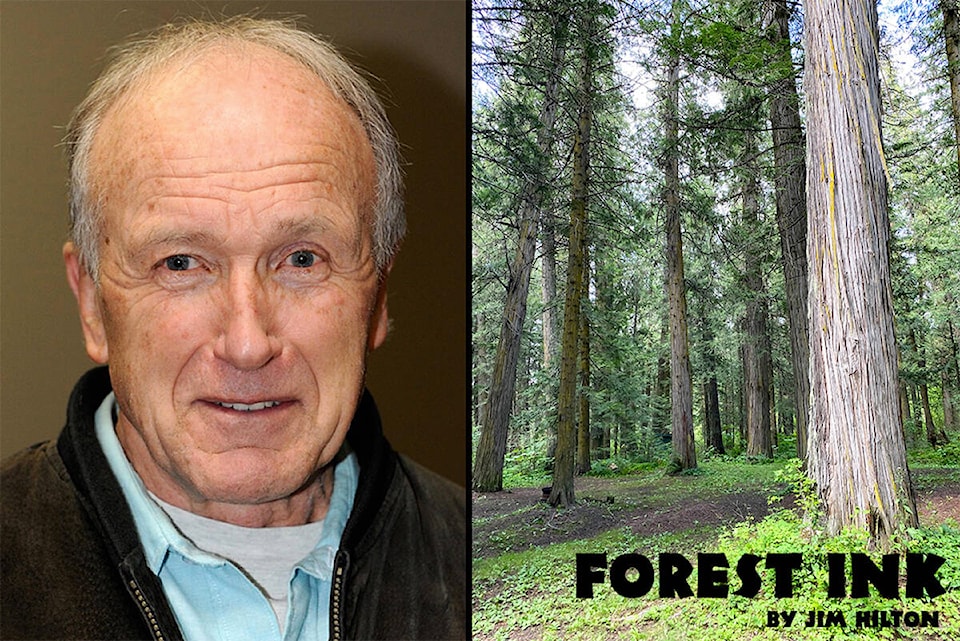I was first introduced to the use of forest pollen when I was a gradate student working in Jasper National Park. One of the grad students was digging some impressive soil pits to get a variety of pollen samples for his studies.
Scientists using pollen for their research are called paleoecologists with some of the latest work on the boreal forest using ice cores from Greenland.
The boreal forest is critical for maintaining a healthy planet, by storing carbon, purifying the air and water, and helping to regulate the climate. Some researchers think these northern forests equal or surpass the tropical forest in maintaining a stable Earth.
Sandra Brügger has been tracing the history of the forests in Eastern Canada over the past 850 years by studying trapped pollen found thousands of kilometres away in the Greenland ice sheet. The research was published in the Journal of Science and Geophysical Research Letters which describes how the ice cores allowed the team to look at the shrinking and expansion of the forest since the Little Ice Age, and spot the effects of humans as they inhabited the landscape.
“Then, by doing detailed analysis of trees along the Brooks mountain range in Alaska, a team of researchers including Colin Maher discovered a link between retreating sea ice and an expanding boreal forest. When the sea ice disappears, the open water generates more snow, which not only blankets the landscape and protects the young seedlings, but it also helps the soil unlock more nutrients for the growing trees.”
I am reading an interesting book about the importance of forests by Will Bonsall who has a small lot, (85 acres) in West Maine and has spent 40-plus years using a minimal amount of fossil fuels with a preference of permacultures and lack of livestock. The book entitled Will Bonsall”s Essential Guide to Radical, Self Reliant Gardening presents details of making his property more productive and ecofriendly.
He starts by making a convincing case about the ecoefficiency of forests relative to grasslands and croplands. He maintains a certain amount of forests for food production as well as producing wood fibre, leaves and other residuals for improving his grasslands and croplands.
I will be coming back to Mr Bonsall’s book when I discuss options for maintaining our fireguards around urban areas.
Before closing I would like to recommend two other books. The Quantum Body by Deepak Chopra, Jack Tuszynski and Brian Fertig brings together the latest sub-atomic research and how that helps explain how our body and mind works. The authors offer some advice on how we can significantly improve our physical and mental well being, including supporting healthy cell, tissue and organ function, boosting immunity, promoting mental resilience and expanding our understanding of what it means to live a happy and purposeful life.
The second book is The Well Lived Life by Gladys McGarey who is a 102-year-old still practising doctor and mother of holistic medicine. Raised by missionary parents who practised medicine in India, she also established a medical practice in the USA as well as raising six children. A truly remarkable lady who continues to inspire anyone who reads her book.
